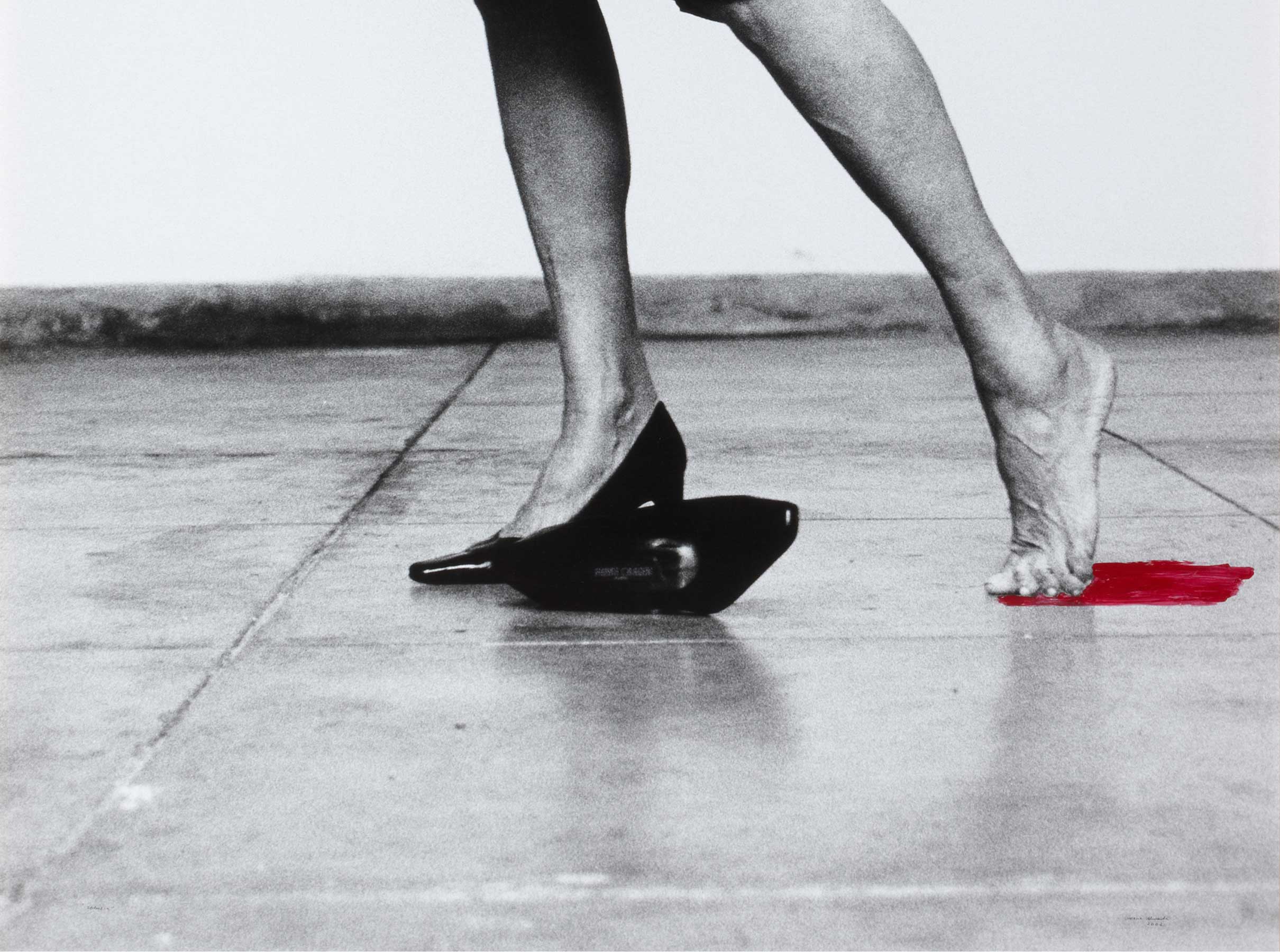Sin título [Untitled]
- 2004
- Oil and masking tape on blue, green and red Cromex fabric
- 200 x 200 cm
- Cat. P_759
- Acquired in 2010
Despite its appearance of being just speculatively geometric painting hobbled by the tenets of modern tradition, Heimo Zobernig’s work is of a complexity that draws on his ‘in-between’ activity, where architecture, performance, design, video, music and public art converge. Building on his interest in the linguistic aspects of painting, in the device of exhibition and in the staging inherent to the visual arts, Zobernig contests the way in which museums usually stage things, taking into account that art would cease to exist without it. Even though it is an apparently banal gesture, the significant aspect of that interest is the fact that works such as Untitled (2004) are intended to be hung in a rhomboid position, so that they do not not rest on the comforting horizon of a linear base, but rather on a corner that makes the piece look unstable, but which paradoxically coexists with a regular, reassuring linearity of composition. Thus, the work is twofold: its discursive interior and its exterior, i.e. its relationship with its setting, the way in which it is installed, which completely alters its meaning and the nexus between the work and the viewer.
Other works by Heimo Zobernig

![Sin título [Untitled]](/f/webca/INF/assets/img/fff.png)